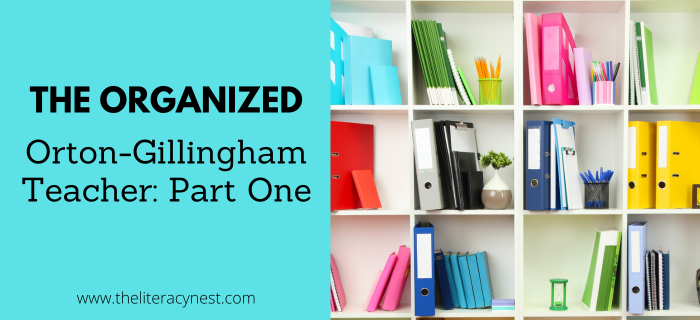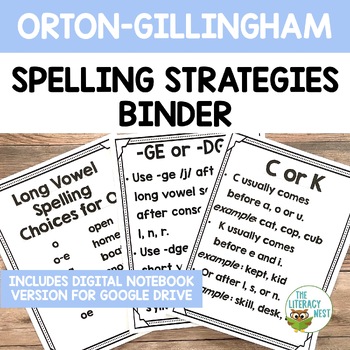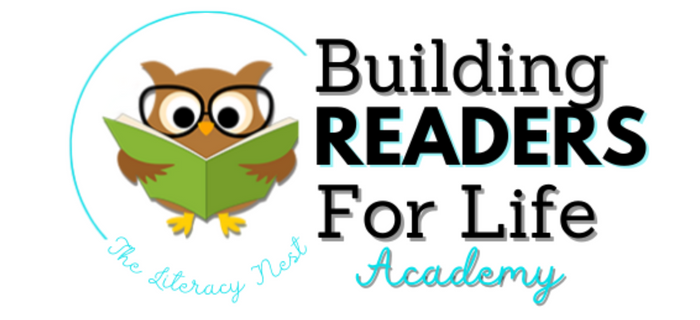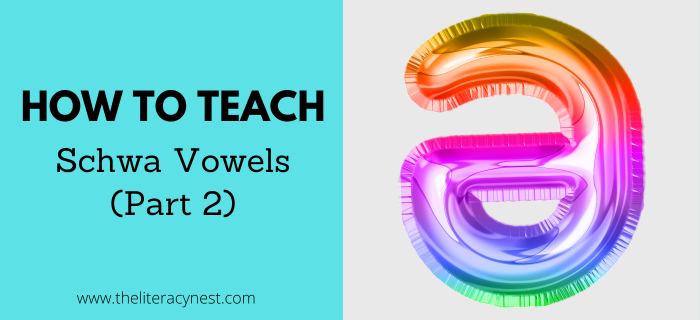The Organized Orton-Gillingham Teacher: Part One

Kids with dyslexia also often struggle with organization. Why? Well, it probably doesn’t come as a surprise to you that many of our students struggle with organizational skills. In addition to affecting reading and writing, dyslexia often impacts working memory and executive functioning skills.
Check out this video for a preview of some helpful executive function handouts on The Literacy Nest.
In addition, ADHD and dyslexia go together like peanut butter and jelly. It is unusual for me to have a student that does not struggle with attentional challenges. As we know, ADHD also makes organization very difficult. Additionally, students with dyslexia often have additional teachers, classes in their schedules, and materials to keep track of.
Why is it important to model organization for our students?
Organization is an important skill for us to model because just like decoding strategies or spelling rules, students need explicit instruction to pick up good organizing habits. Students need specific strategies, routines, and skills. Because this is a weakness for them, they aren’t just going to figure it out without your support.
Through modeling organizational skills and having a tutoring session with organized materials, you, as an organized Orton-Gillingham teacher, are setting them up for success. We teach the lesson structure and routine and provide consistency. This overarching structure supports the dyslexic student with working memory and helps them to build executive functioning skills.
Learn more about ensuring effective routines by reading 5 Tips for Ensuring Effective Routines in Orton-Gillingham Lessons.
When choosing what to model, remember the importance of the gradual release of responsibility model. “I do” or “I do, and you watch” is early in the gradual release model but lays the foundation moving forward.
6 Specific Strategies You Should Model as an Organized Orton-Gillingham Teacher
Download and print a checklist of these six strategies!
1. Consider your own physical space.
Particularly, the table you are sitting at with the student. Are you keeping a clear and open workspace that is uncluttered? If your students regularly tease you about your messy desk, this is probably an area that could use improvement.
Orton-Gillingham tutoring uses a lot of paper and a lot of materials. Add to this a mixture of live and online lessons, students at a variety of levels, and back-to-back scheduling and it is easy to see how this may be a tricky thing for those of us with organizational challenges of our own.
If, like me, you find organization to be a personal challenge, modeling these habits and routines can demonstrate to the student the value of adherence to routine, having a strong system in place, and perseverance when things are tough. Being honest about your struggles demonstrates that we all have strengths and weaknesses.
2. Model how you put your teaching materials away as soon as one portion of the lesson is done.
Avoid letting supplies build up. This is one way to help tame the clutter and demonstrate good organizational skills. This buildup of supplies can happen fast and can be distracting for students. Show how you have a place for everything and everything in its place. Students can be involved with picking up by putting manipulatives and writing implements back into storage containers.
3. Model putting papers away in binders, folders, or storage bins.
I have cubbies for each student. Labeling bins and cubbies make tidying up fast and efficient. Papers are often overwhelming for people who struggle with organization. Modeling good paper organization will put students on track to success.
Check out this helpful reference tool to keep organized: Orton Gillingham Student Notebook With Interactive Notebook Templates.
4. Model how to set up a paper for dictation.
We think of organization in the sense of desks or backpacks, but often you may notice that students are extremely disorganized in their use of space on a page. For younger students, you may want to use a preformatted page such as those available on Teacher Pay Teachers or design your own to meet the needs of your student and your dictation lesson.



Another strategy is to use boxes or lines to help students build the habit and routine of using the space of the page efficiently. Once a student has established the structure, they are able to set up a blank page efficiently and easily.
5. Model proper posture for writing and paper handling.
How often do you notice young children having difficulty holding the paper still? Demonstrate how to have the non-writing hand hold the paper flat at an angle. You can model this when demonstrating letter forms or writing notes, or explicitly model followed by practice as part of the dictation portion of the lesson. Like organizing the paper, a little up-front modeling and practice make this process far more efficient later.
6. Model time management with a visual checklist.
Time management is often a challenge for students with dyslexia and ADHD. By displaying this schedule in a pocket chart or laminated form, students can check off items as they are complete. The use of a visual timer can also help students visualize and better understand how the time of the lesson is progressing.
It is important to recognize that organization to your ADHD or dyslexic student may not look the same as organization to a neurotypical person. As an organized Orton-Gillingham teacher, it is important to help them develop systems that not only meet the objectives of being functional but make sense to them, too.
Don’t miss part two of our Organized OG Teacher series! You can read it here!

To learn more about how you can support your students’ organizational skills as an organized Orton-Gillingham teacher, sign up for Building Readers for Life Academy. Both educators and families are welcome!
Building Readers for Life Academy is a monthly membership program that empowers educators AND families by diving into structured literacy and strategies for ALL learners. With BRFL Academy, you’ll learn what it takes to help EVERY student become a reader for life.




